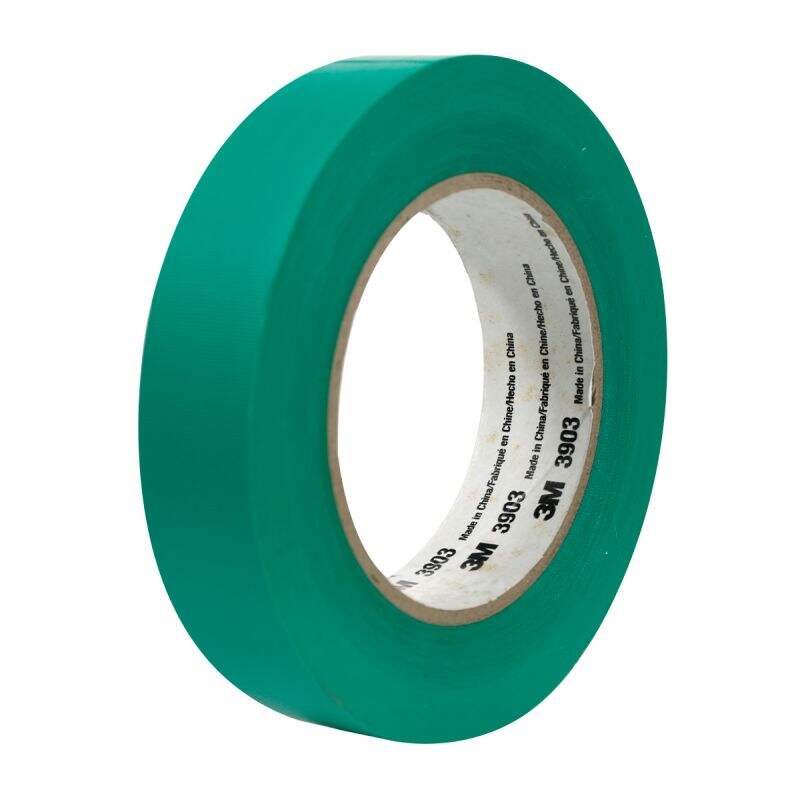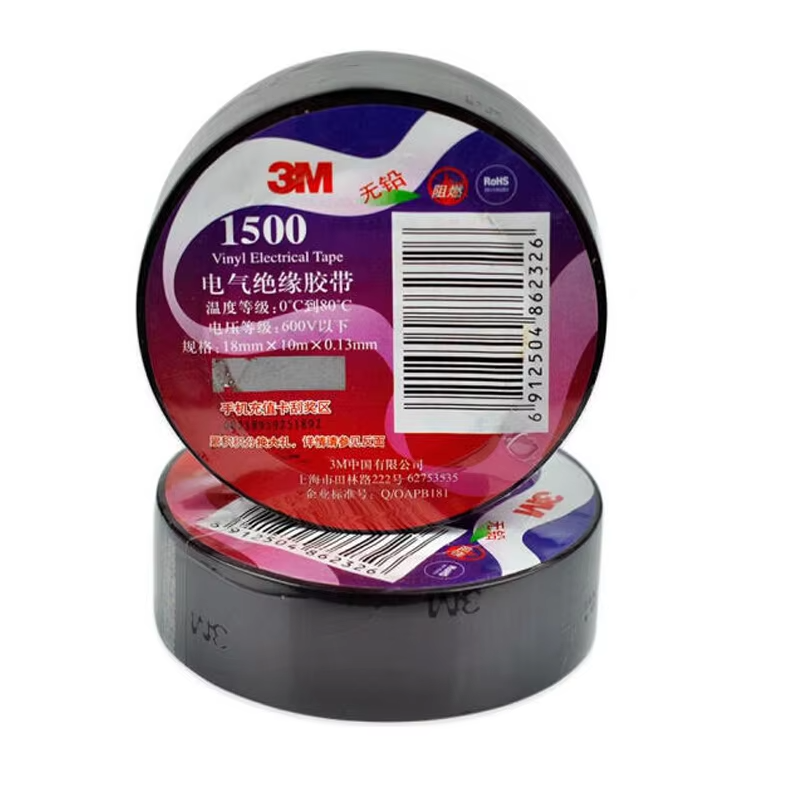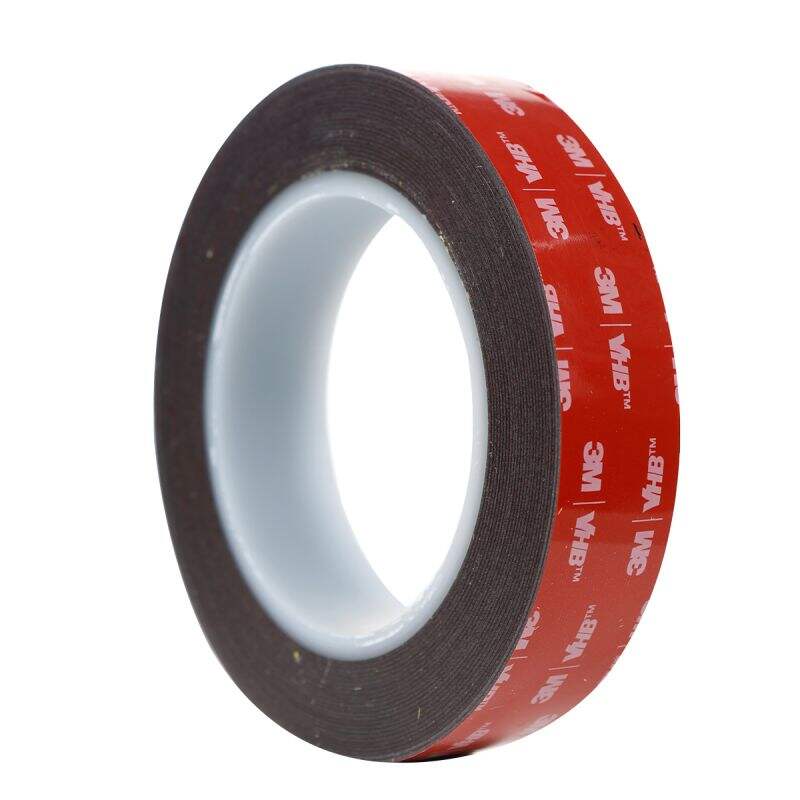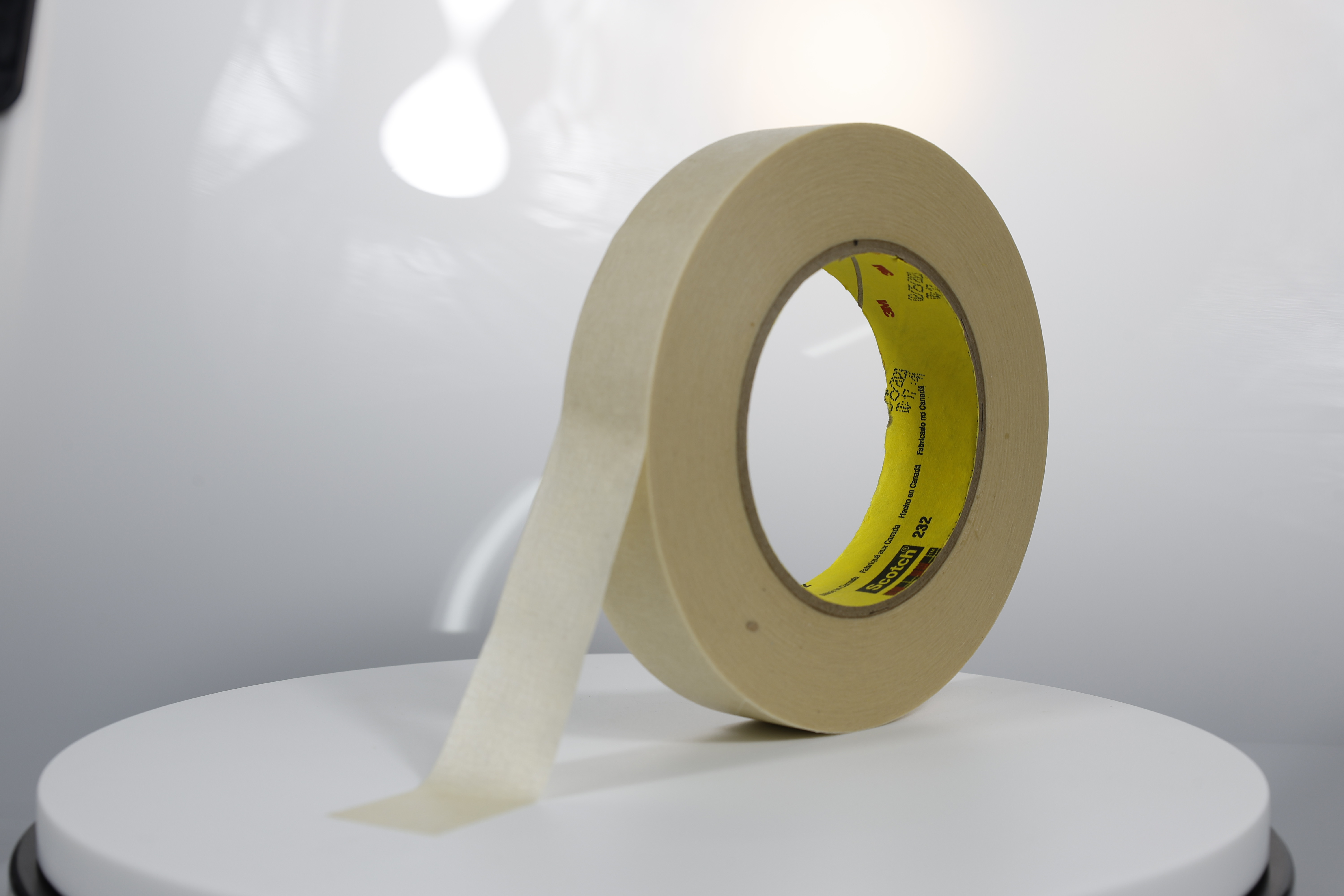Need to mark stuff? Try using vinyl tapes for easy and colorful labeling!
Understanding Vinyl Tapes for Labeling
Vinyl tapes are versatile, flexible strips made from polyvinyl chloride (PVC) that are extensively used for creating labels. These tapes come in an array of diverse colors and finishes, including matte and glossy, which contribute significantly to their aesthetic versatility. Due to this wide range of options, vinyl tapes can satisfy different labeling needs across various industries, allowing for easy color coding and visual organization—which are especially advantageous in settings like warehouses and production lines.
Apart from their visual appeal, vinyl tapes also offer several practical benefits over traditional paper labels. They are highly durable and weather resistant, capable of withstanding harsh conditions that can lead to fading and tearing. Studies demonstrate that the robust nature of vinyl enables it to endure exposure to moisture, sunlight, and a variety of chemical substances without compromising performance. This makes vinyl tapes an ideal choice for long-term labeling requirements in challenging environments.
How to Use Vinyl Tapes for Labeling: The Basics
Choosing the right vinyl tape for labeling is crucial to ensure optimal adherence and durability. Consider the surface type, the purpose of the application, and the desired finish before selecting the tape. Vinyl tapes, known for their strong adhesive properties, adhere well to a variety of materials, including glass, metal, and smooth plastics, making them ideal for multiple applications. Whether it's a glossy or matte finish you need, or an application for indoor or outdoor use, vinyl tapes offer an array of options suitable for specific requirements.
For an effective and clean labeling process, having the right tools is essential. Basic tools include scissors for cutting the vinyl tape to the desired size, a cutting mat to protect surfaces during cutting, and transfer tape to help apply the vinyl neatly to the intended surface. The use of these tools facilitates precision and minimizes errors, ensuring that your labels are applied smoothly and effectively. Equip yourself with these essentials to achieve a professional appearance for your vinyl labels.
Step-by-Step Guide on Using Vinyl Tapes for Labeling
The first crucial step in using vinyl tape for labeling is to prepare the surface. Ensuring that surfaces are clean and dry is vital for the adhesive properties of vinyl tapes to work effectively. Use soapy water or rubbing alcohol to clean the surface, then allow it to air dry completely before applying the vinyl. This ensures that no dust or moisture obstructs the adhesion, which can lead to a more secure attachment. For some challenging surfaces, such as coated plastics, take extra caution by using a fingernail or pin pen to help with application.
Once the surface is prepped, you can proceed with designing and cutting your labels. Designing software such as Adobe Illustrator or CorelDRAW can be used for intricate designs. When it's time to cut the vinyl, consider using a cutting machine like the Cricut or Silhouette Cameo. These machines allow for precise cutting, crucial for achieving clean, professional-looking labels. Ensure the settings are optimized for vinyl materials to avoid cutting too deep or too shallow.
After cutting, the weeding process follows, which involves removing excess vinyl from the design. This is a meticulous task where tools like a hook or pin pen can be used to remove the unwanted vinyl gently. Take your time and go slowly, especially with small or intricate designs, to avoid tearing. Once weeded, the transfer process involves carefully applying transfer tape over your design, peeling away the backing, and positioning it onto the desired surface. Firmly rub the design so it adheres well, then slowly remove the transfer tape to reveal your perfectly labeled surface.
Different Types of Vinyl Tapes for Labels
When it comes to labeling, different types of vinyl tapes present unique advantages tailored to specific needs. Masking tape is a cost-effective and versatile option, ideal for temporary labeling tasks due to its easy removal and low adhesive strength, ensuring surfaces remain unmarked after use. It is an excellent choice when you need to apply labels that are removed or replaced frequently without damaging the surface.
Painters tape stands out for projects requiring precision, such as intricate artwork or areas needing sharp lines, due to its well-regulated adhesive that prevents paint bleed. Its ability to deliver fine, clean lines makes it indispensable for artists and professionals who prioritize detail and accuracy in their work.
On the other hand, sealing tape and warning tape are critical in enhancing safety and security. Sealing tape is used to secure packages and containers, offering protection and reliability, while warning tape serves as a visual alert in dangerous or restricted areas, effectively communicating critical safety information without the need for additional signage.
Finally, double-sided tape offers an innovative approach to hidden labeling by providing a clean aesthetic without visible adhesive. This makes it a perfect fit for projects where the appearance is crucial, as it allows for labels to be securely attached without altering the overall look of the product.
Troubleshooting Common Issues with Vinyl Labels
When dealing with vinyl labels, adherence problems are a frequent concern, but there are effective solutions for this issue. To ensure labels stick well, consider increasing the pressure during application or making sure the surface is thoroughly cleaned. A clean, dry surface is crucial since dust and dirt can impede adhesion. Use soapy water or rubbing alcohol to clean the surface, allowing it to dry completely before applying the label. If the problem persists, checking the label's material compatibility with the surface can prevent future issues.
Dealing with broken or damaged labels can be another challenge. One useful troubleshooting tip is to patch the area with additional vinyl if possible. This technique can cover up any tears and reinforce the label. For reinforcing edges, using extra tape such as masking or double-sided tape ensures the label remains intact. This approach not only enhances durability but also provides a cleaner overall appearance.
Weather resistance is also a significant consideration, especially for labels used outdoors. It's essential to choose products designed for outdoor use to withstand elements like rain, sun, and wind. These specially designed labels offer enhanced durability and are made from sturdy materials that resist fading and peeling, ensuring longevity and clarity in various weather conditions.
Using Vinyl Tapes in Unique Labeling Projects
Vinyl tapes can revolutionize your home and office organization by offering creative labeling solutions. For instance, you can use these tapes to organize storage bins, making it easy to identify contents at a glance. Custom labels made from vinyl can add a personal touch to your items, such as notebooks or file folders, by incorporating vibrant colors or unique designs. These versatile labels withstand daily wear and tear, ensuring longevity and durability for frequently handled items.
When it comes to events and parties, vinyl labels can enhance the visual appeal by matching the theme or adding personalized touches. Consider using these labels to create decorative place cards or table settings that align with your event's color scheme. Additionally, you can print names or activities on the labels, turning them into unique keepsakes for guests. Such creative uses of vinyl labels not only contribute to an aesthetically pleasing setup but also leave a lasting impression on attendees.
Maintenance and Removal of Vinyl Labels
Maintaining vinyl labels involves regular cleaning and proper care to extend their lifespan. It is recommended to use mild soap and water or a gentle cleaning solution specifically designed for vinyl. Avoid abrasive cleaners and harsh chemicals as they can degrade the label's adhesive and vinyl material. A soft cloth or sponge should be used to wipe the labels clean, ensuring they remain vibrant and firmly attached. Additionally, keeping them away from direct sunlight and extreme temperatures can prevent fading and warping, contributing to their longevity.
Removing vinyl labels without damaging the surface underneath can be achieved through a few careful steps. Heat is an effective method; applying a hairdryer or heat gun loosens the adhesive, making the labels easier to peel off. Start by gently heating the edges and slowly working toward the center. For stubborn adhesive residue, use commercial adhesive removers or household substances such as rubbing alcohol or white vinegar. Always test a small, inconspicuous area first to ensure the remover doesn't harm the surface.
Recommended Products
 Hot News
Hot News
-
TAPE Team Conquers Shenzhen’s Phoenix Mountain: Unity, Ambition, And New Heights In 2025
2025-02-21
-
The Role of Polyimide Electrical Tape in Electronics Insulation
2025-01-21
-
High Strength Double-sided Tape for Secure Bonding
2025-01-15
-
Durable Foam Tape for High-Performance Applications
2025-01-10
-
High Temperature Resistant Masking Protective Tape for Extreme Conditions
2025-01-01
-
Adhesive Tapes Market size is set to grow by USD 23.89 billion from 2024-2028, Increasing demand from end-user industries boost the market!
2024-08-22






